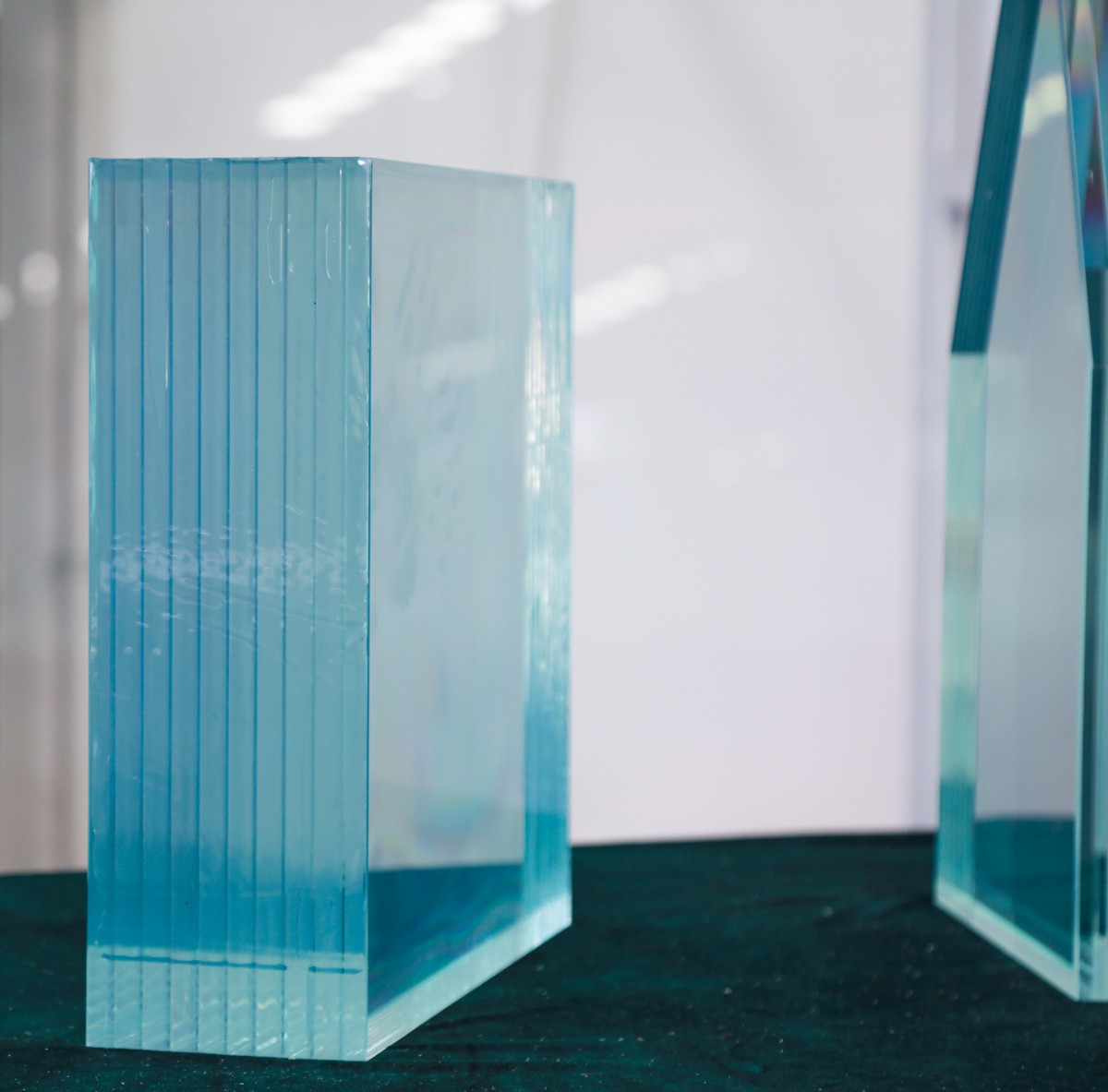In the electrical and power industries, the “transformer core price” is a widely discussed topic among engineers, procurement professionals, and manufacturers. As a professional manufacturer in this field, Jiangyin Tianxiang Electrical Appliances Co., Ltd. aims to provide a comprehensive look at what drives the transformer core price, helping customers make smarter, cost-effective decisions when sourcing transformer components.
Key Factors That Influence Transformer Core Price
1. Material Quality and Costs
Transformer cores are primarily made from electrical steel (such as silicon steel), cold-rolled grain-oriented steel, or other high magnetic permeability materials. High-grade materials, while more expensive per unit, significantly reduce core losses and improve transformer efficiency. Naturally, the transformer core price will vary depending on the quality and grade of the material used.
2. Manufacturing Precision and Processes
Precision in core manufacturing—such as cutting tolerances and stacking techniques—greatly impacts performance. Manufacturers that use advanced processes like laser cutting, automatic stacking, or annealing will typically have higher transformer core prices, but the performance (e.g., reduced noise, heat, and losses) justifies the cost.
3. Size and Structure of the Core
Larger transformer cores require more raw materials and more complex handling and assembly processes, leading to higher costs. Additionally, special designs such as wound cores or multi-leg stacked cores also raise the transformer core price due to increased labor and processing complexity.
4. Compliance with Standards and Certifications
Cores that meet strict international or national standards—like IEC, ANSI, or GB—require more rigorous testing, quality assurance, and documentation, which can elevate the transformer core price.
5. Order Volume and Batch Production
Economies of scale play a major role. Larger batch orders allow manufacturers to reduce per-unit costs. Conversely, small or custom orders will typically have a higher transformer core price because they require special setups or tooling.
How Jiangyin Tianxiang Controls Transformer Core Price Without Compromising Quality
High-Quality Material Sourcing
At Jiangyin Tianxiang Electrical Appliances Co., Ltd., raw materials are sourced directly from reputable suppliers offering premium electrical steel. This not only ensures performance but also allows the company to maintain stable transformer core prices despite market fluctuations.
Design and Process Optimization
A strong in-house R&D team works continuously to improve core designs, reducing energy loss while streamlining production. These innovations help the company keep the transformer core price competitive without sacrificing quality.
Scalable Manufacturing
With state-of-the-art automated production lines, Tianxiang can fulfill high-volume orders efficiently. This scalability allows for bulk cost savings that directly reduce the transformer core price offered to clients.
Strict Quality Assurance
The company is ISO9001 certified and employs comprehensive quality checks throughout production, ensuring that every transformer core meets performance expectations. This proactive approach prevents costly post-sale issues and supports long-term savings, making the transformer core price worthwhile.
Flexible Pricing Models
Tianxiang offers multiple tiers of products—standard, high-efficiency, and custom-engineered—allowing customers to choose the most suitable solution within their budget. Each tier is priced transparently, giving clarity to the transformer core price in context.
Global Trends: What’s Next for Transformer Core Price?
Fluctuating Raw Material Costs
Steel and silicon steel prices are tied to global metal markets. In recent years, environmental regulations and supply chain constraints have led to supply shortages, pushing the transformer core price up in many regions.
Technological Innovation Driving Down Costs
Emerging materials like amorphous alloys and nanocrystalline cores are gaining traction due to their superior magnetic properties. As these technologies mature and become mainstream, the average transformer core price may gradually decrease.
Government Policies Pushing for Higher Efficiency
Worldwide energy efficiency and carbon reduction policies are raising the bar for transformer performance. Customers are increasingly willing to invest in low-loss cores, justifying a higher transformer core price in exchange for long-term operational savings.
Rising Competition in the Asia-Pacific and European Markets
As manufacturing capacity increases in key regions, competition intensifies. While this can drive the transformer core price down, premium products that meet stringent specs continue to command higher prices.
How to Evaluate if a Transformer Core Price is Reasonable?
Break Down the Cost Components
Electrical steel often accounts for more than 50% of the core’s cost. If a quote seems too high, customers should examine whether the added cost is due to premium material or advanced engineering that justifies the higher transformer core price.
Compare Core Performance Metrics
Key specs such as no-load loss, magnetization curves, and temperature rise should all be considered. A slightly higher transformer core price may be well worth it if performance improves significantly.
Evaluate Support and Value-Added Services
Warranty terms, delivery timelines, and after-sales support are integral to total value. A supplier offering robust services can justify a higher transformer core price when factoring in reduced operational risk and downtime.
Case Studies: How Tianxiang Delivers High-Value Transformer Cores
Case 1: 10MVA Transformer Core
A client required a 10MVA transformer core with low losses and tight dimensional tolerances. Jiangyin Tianxiang developed a custom-cut core using high-efficiency silicon steel and optimized the annealing process. Despite superior performance, the transformer core price came in 5% below the market average, saving the customer significantly over the unit’s lifecycle.
Case 2: Small Batch Core for R&D Purposes
Another client needed a short-run order for a pilot project. Instead of applying standard pricing, Tianxiang used modular tooling and shared setup costs across similar orders. This approach helped lower the transformer core price for the client without compromising quality.
Final Thoughts: Choosing the Right Partner Makes the Difference
-
The transformer core price is influenced by many variables: material, design, labor, certifications, and market trends.
-
Jiangyin Tianxiang Electrical Appliances Co., Ltd. controls these factors effectively, ensuring customers receive reliable, competitively priced transformer cores.
-
Evaluating transformer cores based solely on price is short-sighted. Long-term performance, energy savings, and supplier reliability are crucial.
-
As the industry shifts toward higher-efficiency, environmentally friendly designs, the transformer core price may remain high in the short term but should normalize as new technologies become standard.
Contact Us for a Customized Transformer Core Price Quote
If you're looking for high-performance transformer cores at a competitive transformer core price, reach out to Jiangyin Tianxiang Electrical Appliances Co., Ltd. Our technical team is ready to assist with quotes, engineering support, and product customization to meet your needs.
https://www.jstxgx.com/Motor-core.html
Jiangyin Tianxiang Electrical Appliances Co., Ltd.




